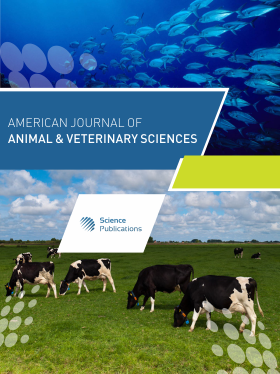Effect of Slum Water on Physiology of Heteropneustes fossilis Collected from Silchar, Assam
- 1 Gurucharan College, India
- 2 Gurucharan College, Silchar, India
Abstract
Poverty and overpopulation are not just prevailing in big cities, but have also become a matter of concern in small towns. Safe drinking water is considered a basic human need, yet millions of people do not have access to an adequate and safe water supply. The present study is focused on the quality assessment of water bodies of slum areas of Silchar, Assam, India and to evaluate the physiological stress on Heteropneustes fossilis from household water pollution. Water samples from six different sites were collected and their physical parameters were tested. Fishes (n=35) of approximately similar size (15.8±0.84 cm) and weight (30.0±1.2 gm) were exposed to each water samples for a period of 10 days and their morphological and behavioural changes were observed. The RBC and WBC counts of the fishes were also determined. Physical properties of the water samples revealed that the pH ranges from 4.79-6.10; conductivity 0.07-0.46 mS/cm; total dissolved solids 0.03-0.29 ppm; free CO2 13-26 ppm and dissolved oxygen 2.2-3.5 ppm. An abundance of bacteria was observed in the water samples and the predominant isolates were identified as Escherichia coli, Klebsiella sp., Bacillus sp. and Pseudomonas sp. Fishes exposed to pond water were initially active with no morphological and behavioural changes. However, from day-5 onwards, their swimming had become idle and lethargic, their dark black skin had gradually attained a pale texture and the mucus content of skin had gradually reduced. Despite providing food and air regularly, the fishes had gradually stopped eating, with swimming pattern changed from dorsal to ventral side upward and decreased opercular activity. Hematological studies showed decreased RBC count and increased WBC count in pond water treated fishes, inferring blood balance disturbance and infection in fishes. Adequate measures should be taken by the respective residents of the selected areas to minimise the degree of water contamination and use of proper disinfectants, or else the hazardous condition of the water will deteriorate the aquatic biodiversity and create serious health problems in humans.
DOI: https://doi.org/10.3844/ajavsp.2019.13.18

- 6,465 Views
- 4,554 Downloads
- 0 Citations
Download
Keywords
- Slum Water
- Heteropneustes fossilis
- Haematological Indices
- Coliform Bacteria
